The century’s hottest job is all about acquiring and mastering the right skills aligned to it. If you’re planning to learn data science to step into the field, you’ve to obtain an excellent grasp of the required skills. Assuming you already have a natural curiosity and a good understanding of the concepts of mathematics and statistics, what should you learn next to become a data scientist? You’ve to learn coding and be exceptionally good at it. This comes through vigorous practice and study of various programming languages. Exceptional knowledge of Python and R, in particular, makes the path quite easier if you plan to learn data science.
In this post, we’re going to discuss the importance of coding knowledge in the context of data science and why Python and R are the two most preferred programming languages in the field.
1- Importance of coding in data science
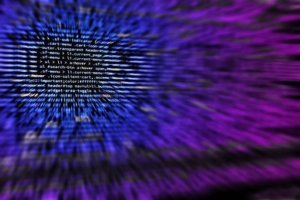
For those who want to learn data science, a very crucial step is to learn coding and master it. Thorough knowledge of the required programming languages is crucial for data scientists with the perfect balance of generality and productivity.
2- Programming languages that are ruling the field
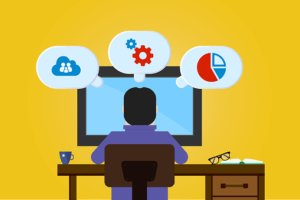
While there’s an array of programming languages that can come handy when you’re planning to learn data science, here’re the major ones that you’ve to learn to become a data science professional.
2.1- Python

In recent years, Python has become the most used programming language in the data science landscape. It comes with a lot to offer, which makes it the most preferred choice among people working in the field. Let’s have a look at what has helped Python gain this position.
2.1.1 – One language for all
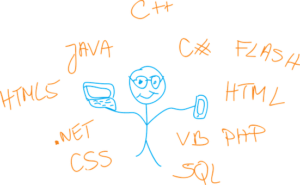
Python is a general-purpose programming language, which makes it universal. It’s a powerful yet fast language with a lot of capabilities. It provides you with an opportunity to develop web applications, machine learning models, and almost everything else you need via a single programming language. This will not only simplify your projects but save you effort, money and time too.
2.1.2- Simplicity

Python is highly useful for making programs function with the minimum lines of code that’s possible. It automatically spots as well as connects data types and then follows an indentation-based nesting arrangement. Overall, Python is user-friendly and you can code a solution in it faster. You’ll be able to solve a problem end-to-end with it.
It also comes with a fast and simple learning curve. People looking to learn data science can understand Python easily with its better readability and easy to use syntax. And this is probably the biggest reason to learn Python first when you’re planning to learn coding.
2.1.3- Helps to develop better analytics tools
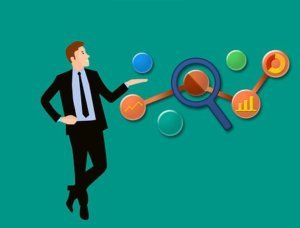
Data analytics is a fundamental part of data science. Data analytics tools help you obtain information about different matrices, which are obvious to evaluate the performance of a business. Python is a better choice for developing data analytics tools. It can easily understand patterns, correlate data from large datasets, and provide better insight.
2.1.4- Crucial for deep learning
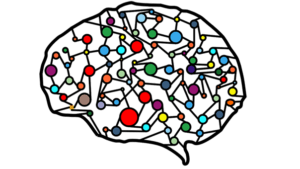
Python comes with a number of packages like Keras, Theano, Tensorflow etc that help data science professionals build deep learning algorithms. It provides better support for deep learning algorithms.
2.1.5- Excellent growing community

Python comes with a vast community base of data scientists and developers. As a Python developer, you can share your thoughts and problems with the community.
It also offers a huge number of scientific computing libraries provided by the vast community. You can take a quick look at PyPi, which is a repository of software for Python, and explore the whole extent of what is being built within the community.
2.1.6- A great number of libraries

This popular programming language comes with a great number of free machine learning, data science and data analysis libraries like Scikit-Learn or Pandas. Pandas offers expressive, fast and flexible data structures that can help to work with labeled or relational data intuitive and easy.
In short, Python is actually a pleasure to work with. It’s a versatile and powerful language that can help you do more with less code. It can easily work in any environment and is highly scalable. All these characteristics make Python your first priority when you plan to learn coding.
2.2- R

R was developed as a statistical platform for data representation, analysis, and cleaning. It’s the second most commonly used language in data science. If you’re planning to learn coding and worry which language you should learn after Python, R is the answer.
Let’s have a look at the key advantages of learning R when you’ve decided to learn data science.
2.2.1- Data visualization
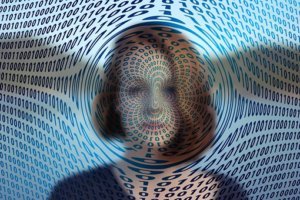
Data visualization refers to the representation of data in a graphical form. This helps in analyzing data from angles, which aren’t clear in tabulated or unorganized data. R comes with many tools that can help you in data analysis, visualization, and representation.
2.2.2- Data wrangling

Data wrangling refers to the process of cleaning complex and messy datasets to enable further analysis and easy consumption. This is a time taking and very crucial process in data science. R comes with an extensive library of tools for database wrangling and manipulation.
2.2.3- Machine learning
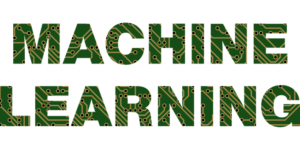
Sometimes in data science, programmers may need to train the algorithms and bring in learning capabilities and automation to make predictions possible. R offers a number of tools that developers can use to train and evaluate algorithms in order to predict future events. Hence, R makes machine learning a lot more approachable and easy.
2.2.4- Open source

Since R is an open source programming language, it’s highly cost-effective. In addition, the huge community of R developers makes developments happen at a rapid scale.
All of these, together with an excellent amount of learning resources, make R the perfect choice for you to master when you’re planning to learn data science.
2.3- SQL

Since its inception, SQL or Structured Query Language has undergone a number of implementations with its core principles remaining the same – it defines, handles, and queries relational databases. Among people working with data, SQL is a favorite because of its declarative syntax that makes it an easily understandable and readable language.
It’s used across a wide range of applications, including querying large datasets to deduce meaningful results. Its efficiency and longevity make SQL an imperative language to know and master for those looking to learn data science.
2.4- Java
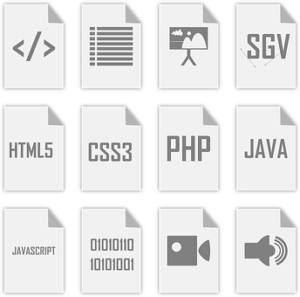
Java is a general purpose, standard language that comes with a robust ability to integrate analytics methods and data science into an existing codebase. It’s an extremely important language for mission-critical data applications. It’s a perfect computing system, which allows effortless portability between different platforms.
All these factors make Java ideal for writing computationally-intensive machine learning algorithms and specific ETL production codes. Many businesses demand data science professionals to be able to integrate data science production codes into an existing codebase, which can be made possible by Java’s type-safety and performance.
2.5- MATLAB
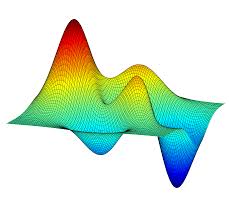
It’s a fourth-generation programming language used across the data science landscape. It’s designed for use in quantitative applications that come with sophisticated mathematical requirements. These may include matrix algebra, and digital signal processing, among others.
MATLAB’s in-built plotting capabilities make it an ideal tool for data visualization. It also has extensive use in data analytics. In addition, MATLAB’s widespread use in numerical and quantitative fields makes it perfect to master when you’re planning to learn coding in order to step into the field of data science.
A few things to remember

By now, you may have decided to learn coding and eventually, proceed to learn data science as well. In that case, you should always remember that it’s not all easy to learn coding. Here’re some things that you should take care of.
- When you’re just beginning your journey to learn coding, the first thing you should focus on is getting excellent at the basics. To get them right, conduct some online research and you’ll find a number of great resources that will help you get the basics right.
- Do projects as much as you can. It’ll not only help you understand your limitations but also enhance your problem-solving and analytical skills.
- Regardless of the place you plan to learn coding from, if you want to be a true coder, you’ll need to get assistance from other coders. Check out different social coding sites to land into a useful and suitable community for yourself.
To wrap up

If you’re convinced by now and have decided to proceed, you’ve made two of the most important moves toward success – to learn coding and learn data science after that. Once you’re comfortable with the skills of your chosen programming languages, try to do some real-life projects. This’ll not only help you learn new things, but will also let you utilize your skills.
As an alternative, you can search for job opportunities as a coder within your community and peer group, and perhaps even help other coders with their projects. One thing you should always keep in mind is that coding involves endless learning and you’ve to keep on improving. So, be prepared for it.
. . .
To learn more about data science, click here and read our another article.


